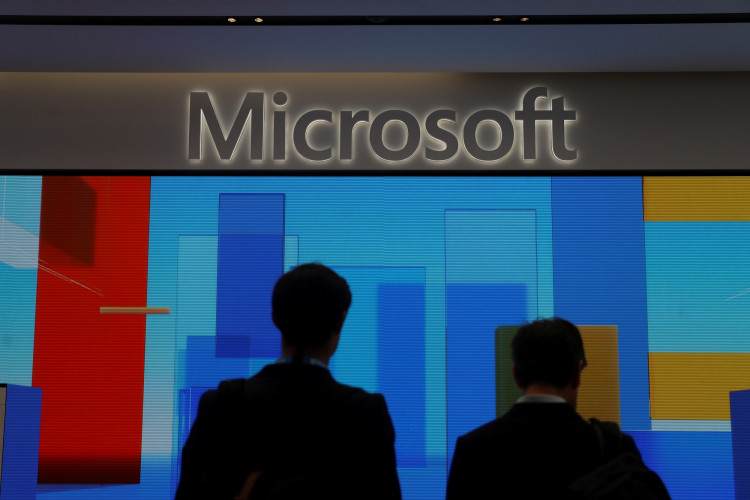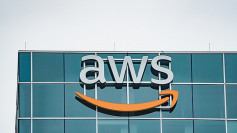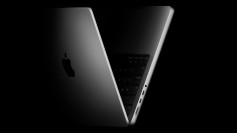It's happening now and as previously announced by Microsoft: all personal computers running on Windows 10 Version 1803, which was released last April 2018, will be migrated to the latest version of the operating system, 1903. It will be an automated process, and compatible machines will be forced to absorb what will be delivered.
"We are starting the update process now for Home and Pro editions to help ensure adequate time for a smooth update process," the Windows maker said in an announcement, adding the systems that will be bumped up to 1903 are those identified to be approaching the mandatory end of support. That will be on November 2019 or 18 months after Version 1803 was first introduced.
In firing up the forced-upgrade procedure, Microsoft said there would be certain PCs that will be on the priority list. These systems, according to WCCFTech, were deemed "likely to have a good update experience," meaning known issues on these PCs have been addressed prior to the update deployment.
As indicated earlier by the tech giant, the jump from 1803 to 1903 has been decided for the greater good of Windows 10 users. Specifically, those opted to stick with the April 2018 Update because the October Feature Upgrade proved problematic.
Microsoft said upgrading Windows 10 1803 and earlier versions of the OS will "ensure we can continue to service these devices and provide the latest updates, security updates, and improvements."
It is estimated that more than half of existing Windows 10 users will be affected by the moving up. According to Computerworld, nearly 60 percent of active Windows 10 devices have been identified to be running Version 1803 as of June 2019. So it appears to be a major upheaval, but as Microsoft has already stated, it will be a phased procedure in order to mitigate the expected complications.
Still, there will be likely holdouts that will try to prevent the automatic update. According to Tech Spot, these users could resort to using applications that will shut the door on Microsoft's initiative. The report, however, has made clear that opting out of the OS bump could lead to unnecessary risks.
It is strongly advised then to pay heed on Microsoft, which earlier had issued a warning on the matter. "Keeping these devices both supported and receiving monthly updates is critical to device security and ecosystem health," the company said.
Besides, Windows 10 Version 1903 is proving to be better than its predecessors in terms of stability bug occurrences, and the latter is at the bearable level so far. The latest version is easier to accept too, thanks to the inclusion of the feature that allows users to delay the arrival of updates for a total of 35 days.






